Hampton Bay 5-Light Brushed Nickel Chandelier
Modern style design that gives an elegant touch to any room. Easy to install; adjustable hanging length. Perfect for foyer, living room, kitchen or dining room.
Picture this modern Chandelier impressing your guests. Hanging above the dining room, living room, foyer and bedroom for the next family get together. Brushed nickel finishes, frosted etched glass shades create ambient lighting with a modern touch. This 5-Light Chandelier features a 21 in. Dia, a body height of 19.5 in. and an overall height of 83 in. It also features 60 in. of chain, 72 in. of wire and uses five 60-Watt (maximum) bulbs. The piece is pre-assembled and easy to install. For an added touch of simplicity, pair with the remaining pieces in the Helena collection.
- Comes pre-assembled and is easy to install, preplace wire to chain
- Beautiful tapered frosted etched glass shades for ambient lighting
- Durable brushed nickel finish for an elegant finish
- Pair with other Helena collection fixtures for cohesive lighting decor
- Assembled dimensions: (21 ft. x 21 in. x 19.50 in.) overall hanging height with the chain is 83 in., 60 in. chain
- Uses 5 E26, 60-Watt bulbs (not included)
- ETL, 1-year limited warranty
Additional information
| Chain Length (in.) | 60 |
|---|---|
| Fixture Depth (in.) | 21 |
| Fixture Height (in.) | 83 |
| Fixture Weight (lb.) | 9.75 |
| Fixture Width (in.) | 21 |
| Maximum Hanging Length (in.) | 83 |
| Mounting Deck Height (in.) | 1 |
| Mounting Deck Width (in.) | 5 |
| Certifications and Listings | ETL Listed |
| Manufacturer Warranty | 1 Year Limited Warranty |

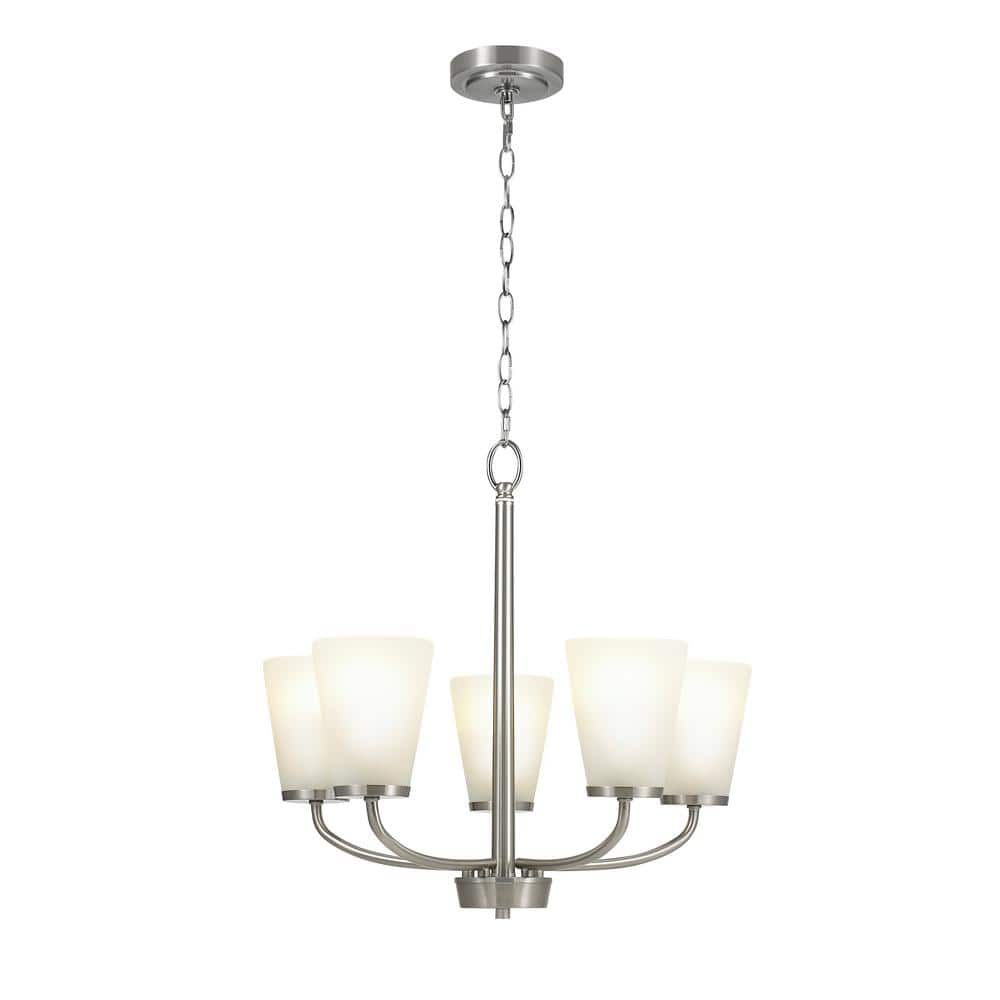
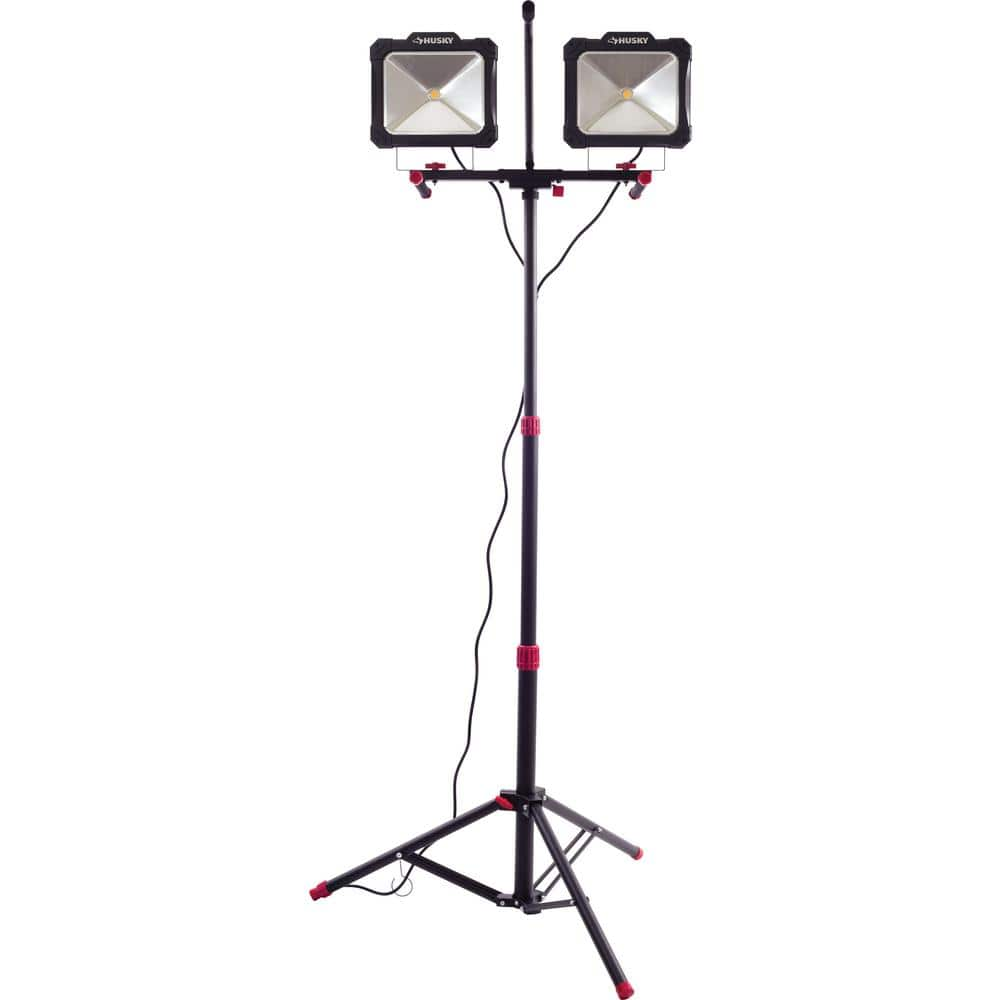
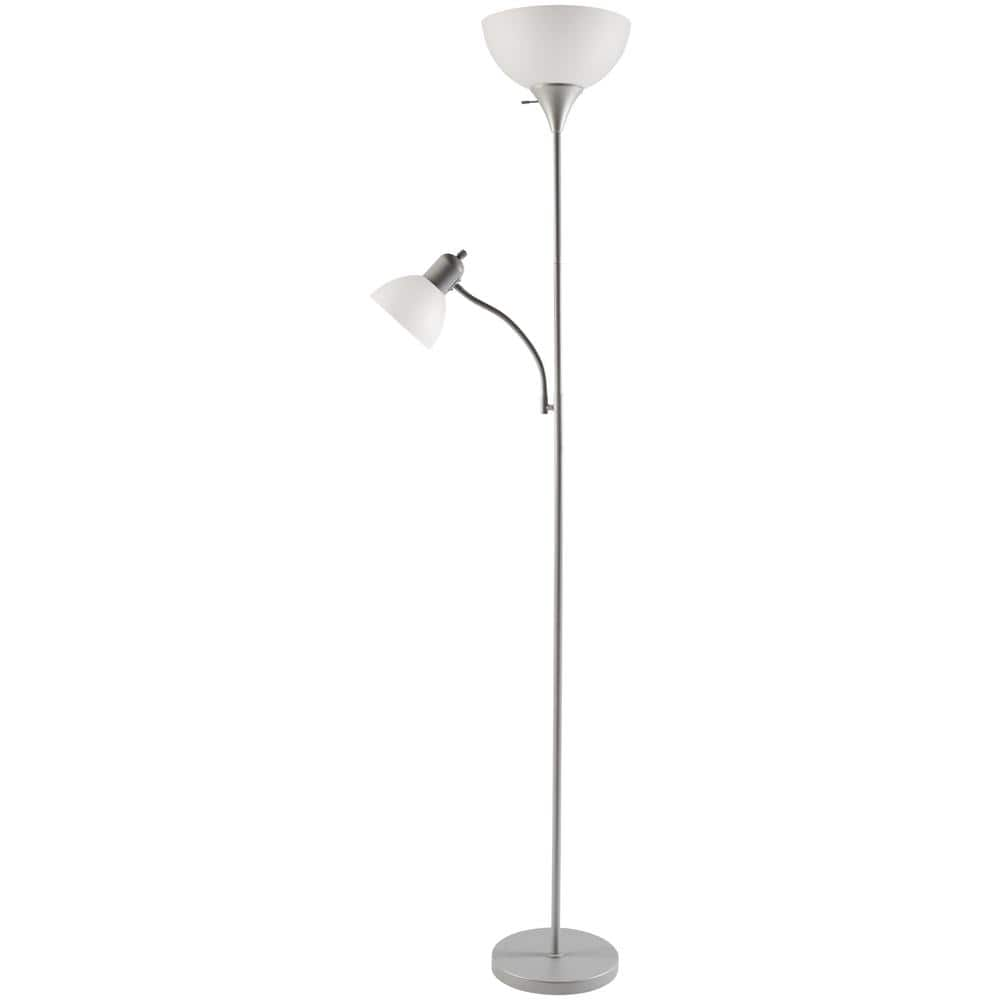
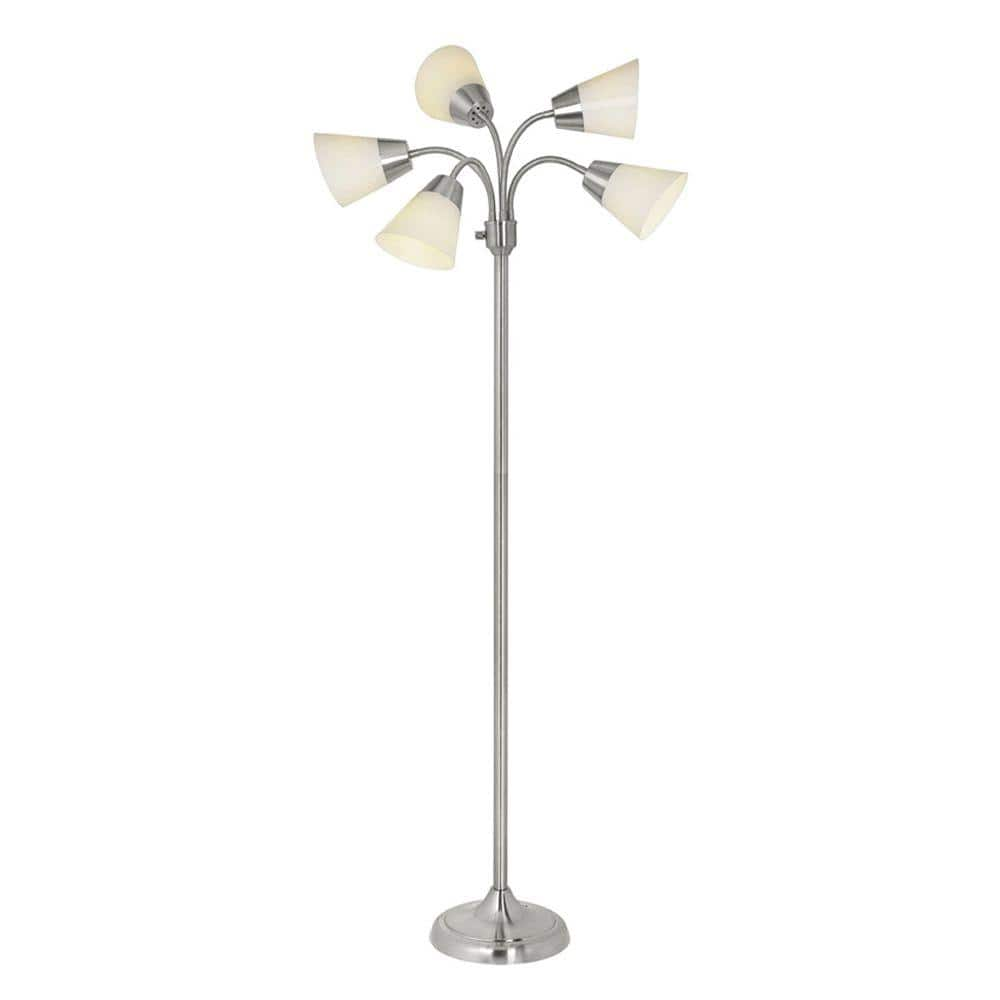
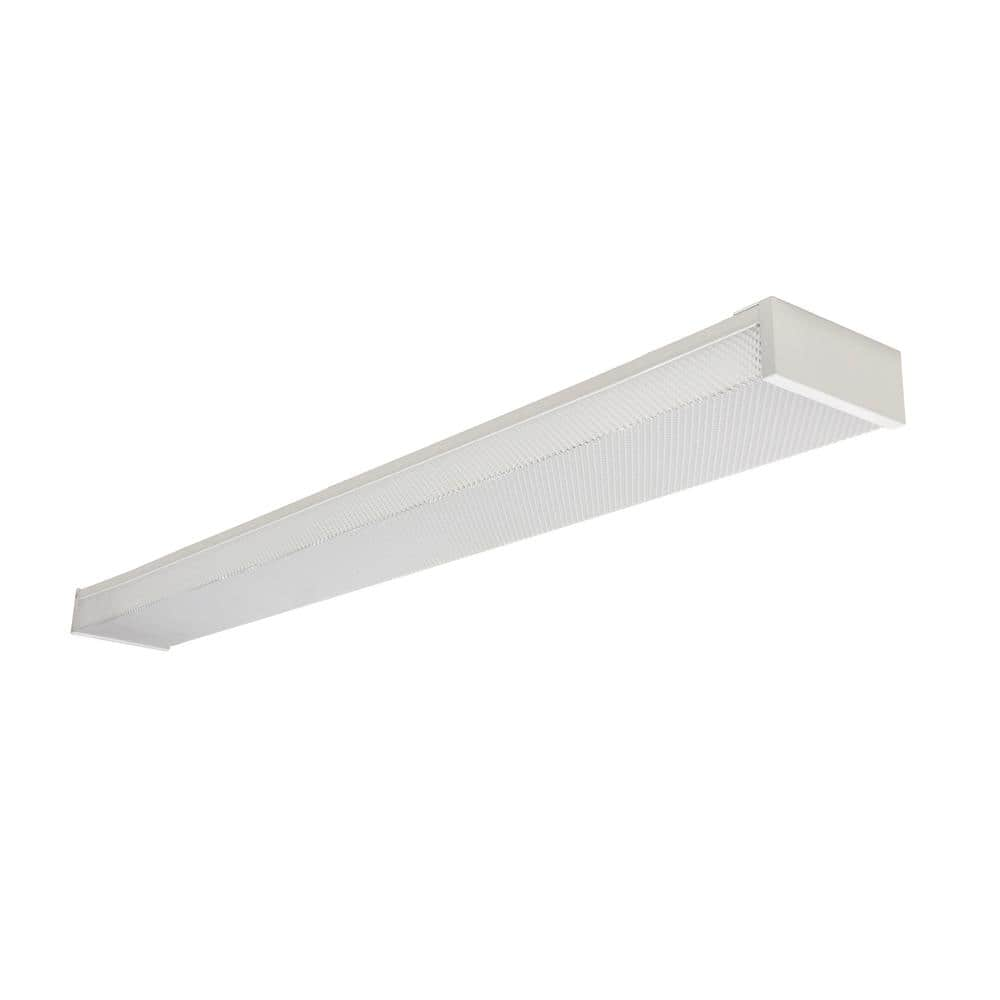
by Marie
Great look for a reasonable price.
by Vanessa
Looks great and great value.
by Azure
Very nice as a pendant over our over-sized island.
by Meme
It added whole new look to my dining room , a more modern look. I really like it.